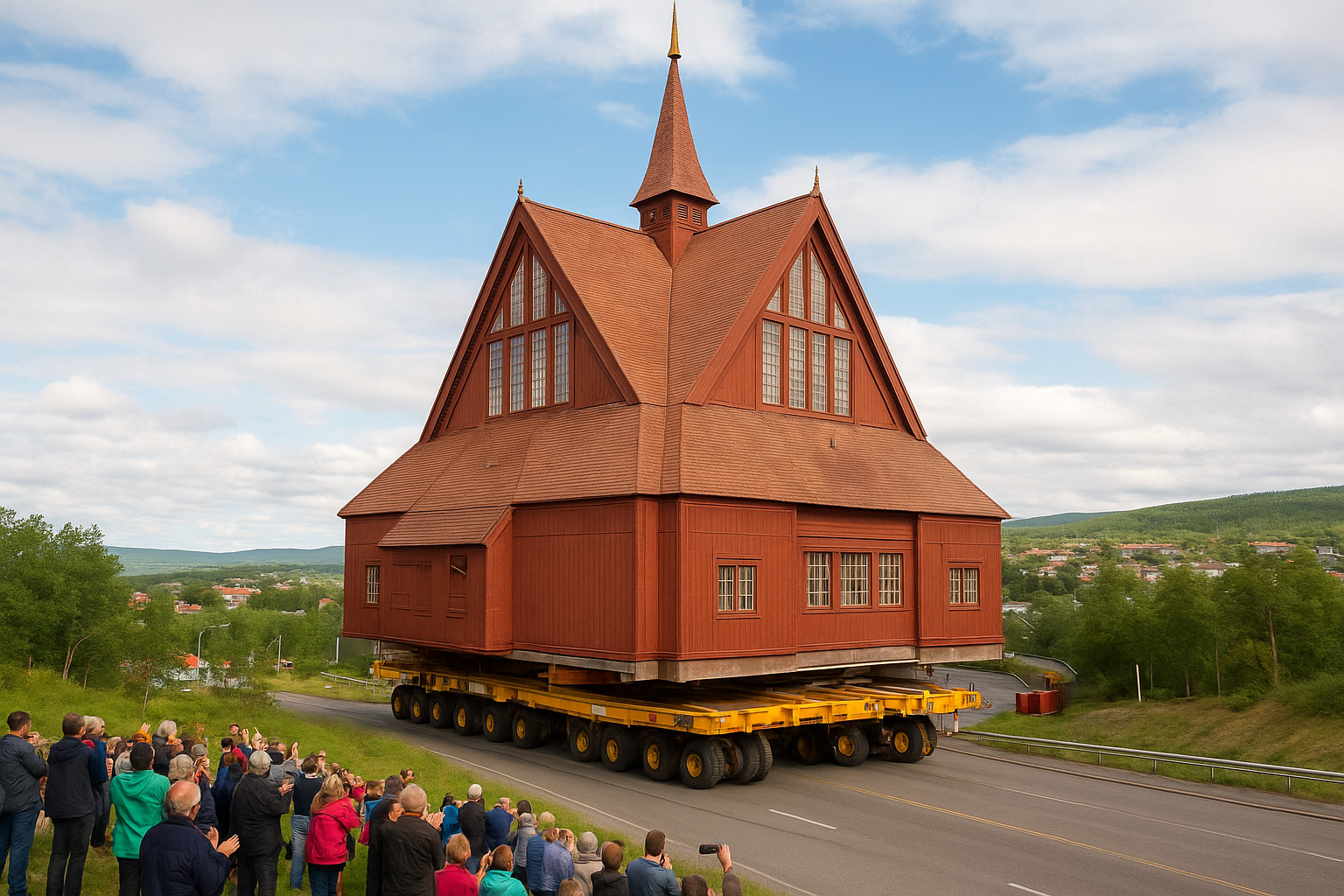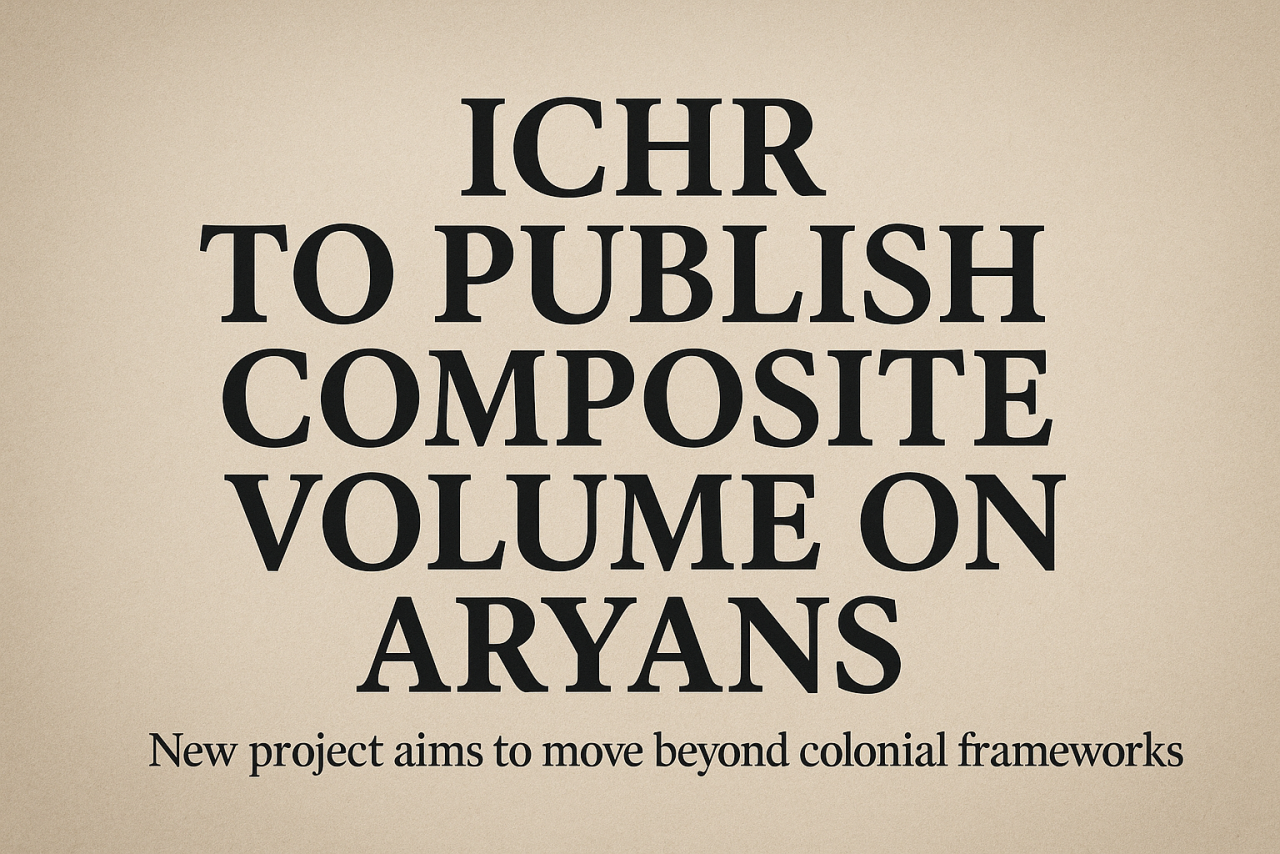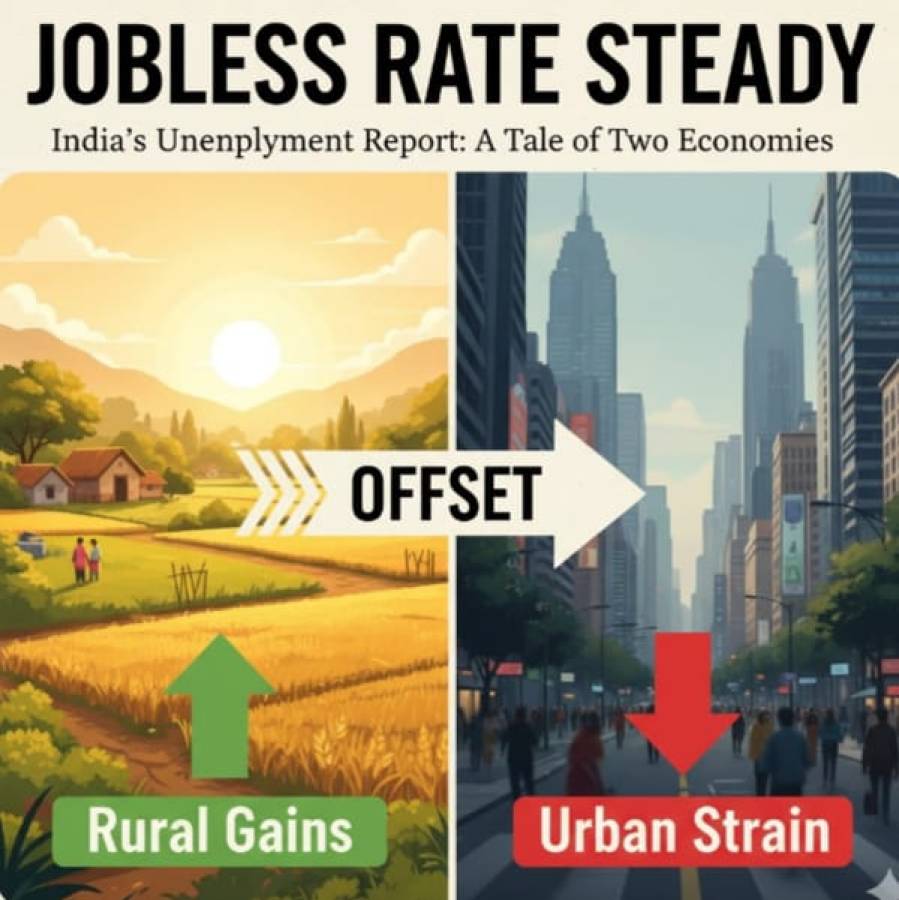
When we think of historic monuments, we usually imagine them as permanent fixtures in a city or a town. They stand where they were built, rooted in time and place. But in the Arctic town of Kiruna in Sweden, something extraordinary has happened. A century-old church, one of the most important landmarks in the region, has been carefully moved to a new home. This unusual journey tells us not just about engineering skills but also about how people value heritage even in the face of modern challenges.
Why the Church Had to Move
Kiruna is famous for its iron ore mine, which is the largest underground mine in Europe. Over the years, the constant digging and expansion of this mine weakened the ground near the town’s centre. Buildings in the old area faced the risk of collapse. Instead of shutting the mine, which supports thousands of jobs, the town decided to shift its centre to a safer location. This meant that important landmarks, including the wooden church built in 1912, also had to be relocated.
The church is not an ordinary building. It is made of wood, designed by the Swedish architect Gustaf Wickman, and is considered one of the finest wooden structures in Europe. With its red walls and unique roof, it is both a place of worship and a symbol of Kiruna’s cultural identity. Shifting such a massive structure was no small task. The church weighs over 600 tonnes and measures nearly 40 metres in height.
The Great Relocation Journey
The relocation project began almost two decades ago, when the risks from the mine became clear. After years of preparation, the actual move of the church started in August 2025. It was placed on remote-controlled trailers that slowly carried it to the new town centre, about three kilometres away.
The journey was not just about moving a building from one point to another. The path was narrow, with sharp turns and tricky passages. Every step had to be carefully planned. Engineers and workers guided the church inch by inch, ensuring that its wooden frame did not crack under pressure. By the afternoon, the church finally reached its new foundation.
The entire process was broadcast live on Swedish television, and crowds gathered along the route to watch. For many residents, it was an emotional moment. They had grown up with the church at the heart of the town, and now they were seeing it take its place in a new location.
A Celebration of Heritage
When the church arrived, a musical fanfare greeted it. Bells rang, people cheered, and officials declared the move a success. The Swedish King Carl XVI Gustaf even visited the site to mark the occasion. The event was not just about engineering but also about pride in preserving history.
The relocation cost about 500 million kronor, which is roughly 52 million US dollars. It was a huge amount, but for the people of Kiruna, the church was worth saving. Without it, the new town would feel incomplete. By moving the church, the authorities ensured that the community’s cultural and spiritual heart remained intact.
What This Means for the Town
Kiruna’s relocation is one of the biggest urban moves in modern history. Not just the church but several other buildings are being shifted to the new centre. Schools, shops, and even homes are being rebuilt or transported piece by piece. The project will continue for years, but the church move has become a symbol of hope. It shows that development and heritage can coexist if people are willing to make the effort.
For students of history and architecture, this event is a reminder that old structures are not just bricks or wood. They carry the memories of generations. Preserving them requires imagination and courage. In Kiruna, people chose not to abandon their heritage but to carry it forward, quite literally, into the future.
Lessons from the Move
The relocation of the Kiruna Church also raises questions that are important for all societies. How do we balance economic growth with the preservation of culture? How much should we invest in saving old buildings when modern development demands new space? And how do we make sure that in the race for progress, we do not lose the landmarks that give us identity?
Kiruna may be far away in Sweden, but its story is relevant everywhere. In India too, rapid urbanisation often comes into conflict with heritage preservation. Whether it is a fort, a temple, or a colonial-era building, the choices we make today will decide what future generations inherit.
Final Take
The sight of the Kiruna Church slowly moving to its new home is more than just a scene of construction. It is a lesson in respect, patience, and foresight. It tells us that even when the ground beneath us changes, our traditions and memories can still be carried forward. By saving their church, the people of Kiruna have shown the world that heritage is not a burden. It is a treasure worth moving mountains, or in this case, moving entire buildings, to protect.





















